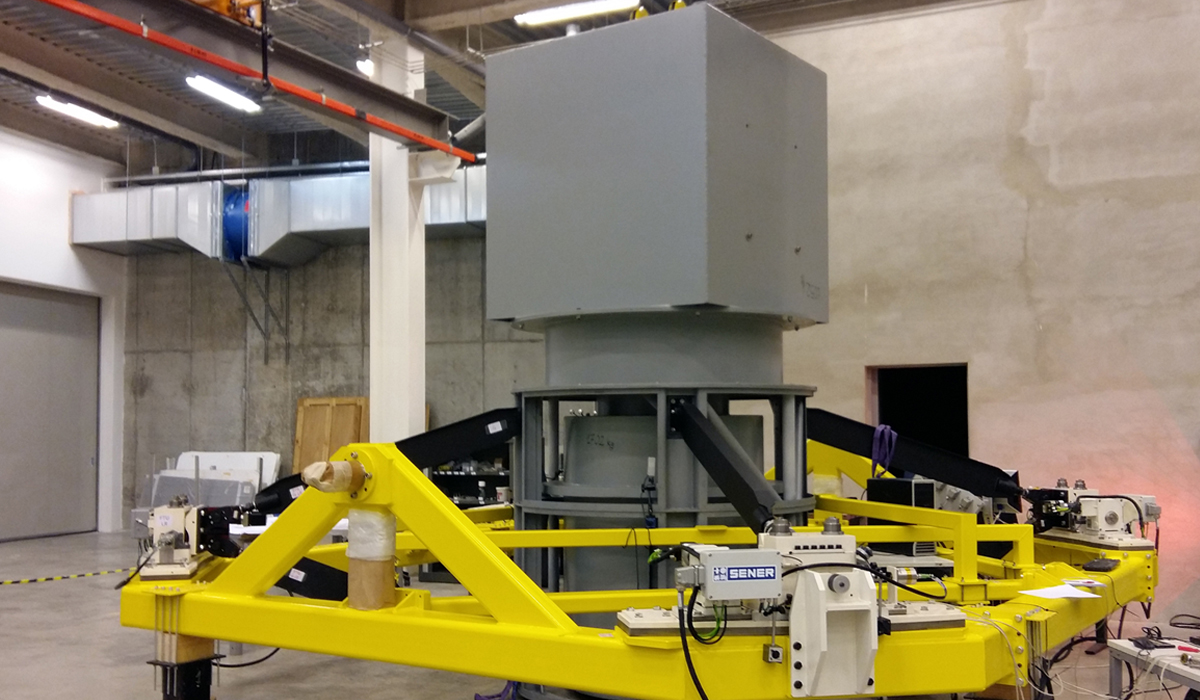The project aims to develop and deliver the Primary Focus Correction System (PFC) for WEAVE, the new wide-field multi-object spectrometer (MOS) proposed for the primary focus of the 4.2m William Herschel Telescope (WHT), located in La Palma, Canary Islands, in Spain.
The WEAVE instrument consists of two main systems: the first is designed for its translation and focus function, while the second is for the correction of its primary focus (PFC); In addition, it has a 1,000 multiplexing fiber optic positioner, a small number of integral field units that are deployed individually, and a large integral field unit (IFU), also individual.
For its part, the PFC is a 1,700 kg optomechanical subsystem that has a structural envelope that houses the six sets of lenses. The PFC mounts to the WHT's main focus and provides an optically corrected two-degree field of view. This subsystem is made up of: two fixed lenses mounted inside INVAR frames with a flexible compensation ring [in the case of the largest (L1) it is 1.1 m and weighs 230 kg]; two doublets with two lenses each (with assisted mobility, by means of a rotation system to compensate for atmospheric dispersion); an external dirt-protected steel enclosure (accessible for maintenance purposes); and with actuators and sensors for the rotation elements (including control electronics).
The optomechanical alignment, which the PFC has, is verified both in each set of lens and frame and in the set of the integrated system. The project also plans to supply auxiliary equipment, whose components include handling equipment and integration tools.
----
Type of project: Aerospace.
Ad Maiorem intervention: Systems engineering for optical instruments on board satellite platforms.
Location: Madrid, Spain.
Year: 2019.
Technologies involved:
- Zemax SENEt (PLM based on Enovia)
Buscar
Categorías
Categories
Archivos
Archives
Categories
Archives
Contact us
The information contained in this document is informative in nature about the activities of the company. It contains general aspects and does not express any desire to provide specific third party data. We cannot guarantee that the data provided will be up to date in the near future. In this sense, if there is a willingness to use them, it is recommended to take the content as a reference and carry out its timely verification. For these purposes, we are at your disposal.
Share this article with your contacts!
© Copyright 2023 – Ad Maiorem Consulting. All rights reserved. Ad Maiorem Consulting is a brand that refers to one or more member companies at a global level, each of which is a legal and independent entity in the country in which it is located, without constituting an international company. Ad Maiorem Consulting offers consulting services in technology, engineering and innovation to its clients.
European Regional Development Fund
A way to make Europe






